-samuel fuller's pickup on south street, 1953 (aka pickpocket)
-robert bresson's pickpocket, 1959
-jean-pierre melville's le samouraï, 1967
(all films comprise a certain criminal activity in the underground)



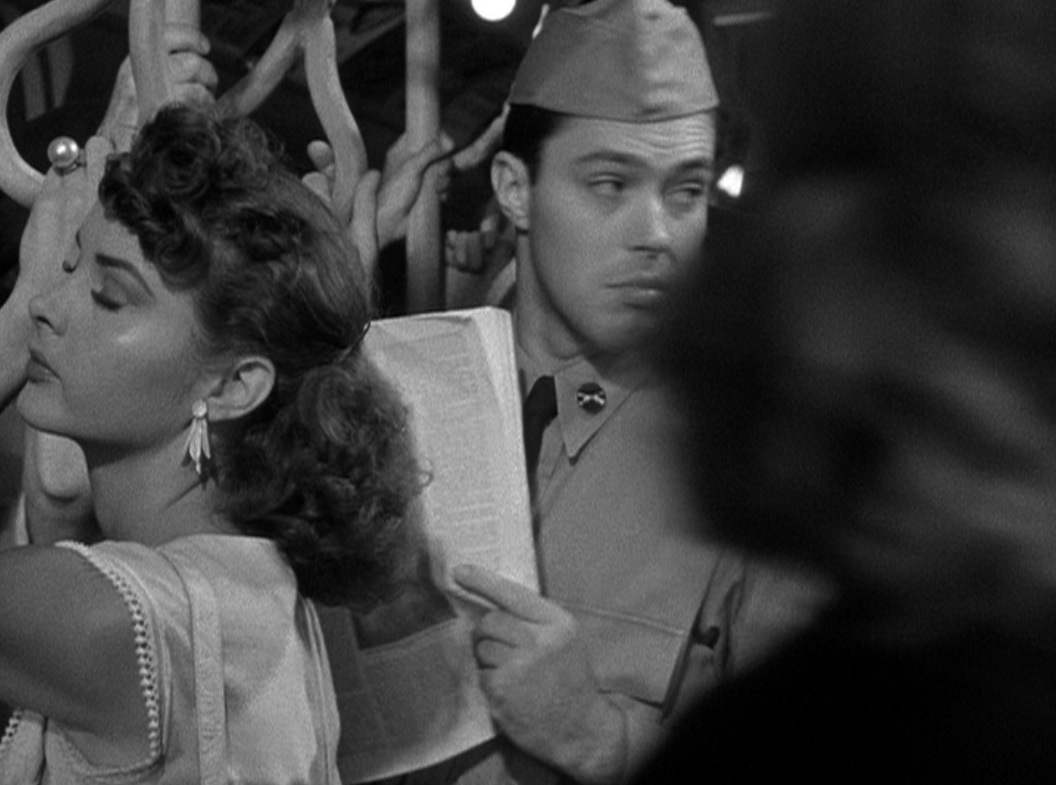
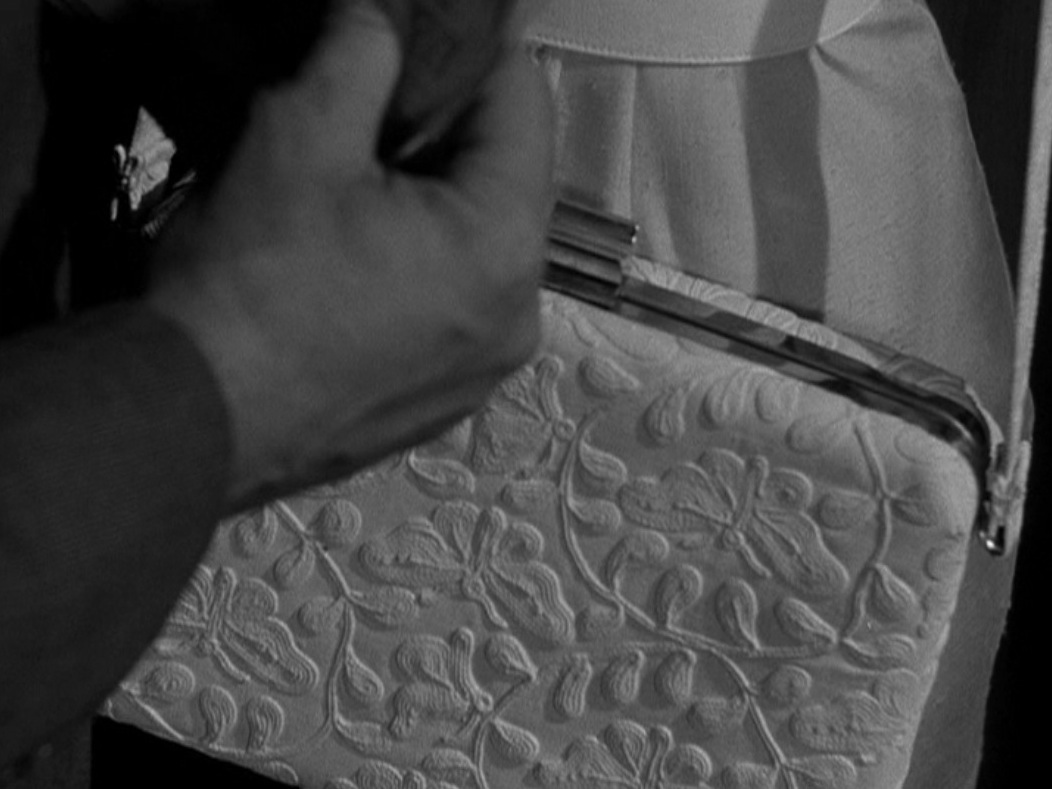
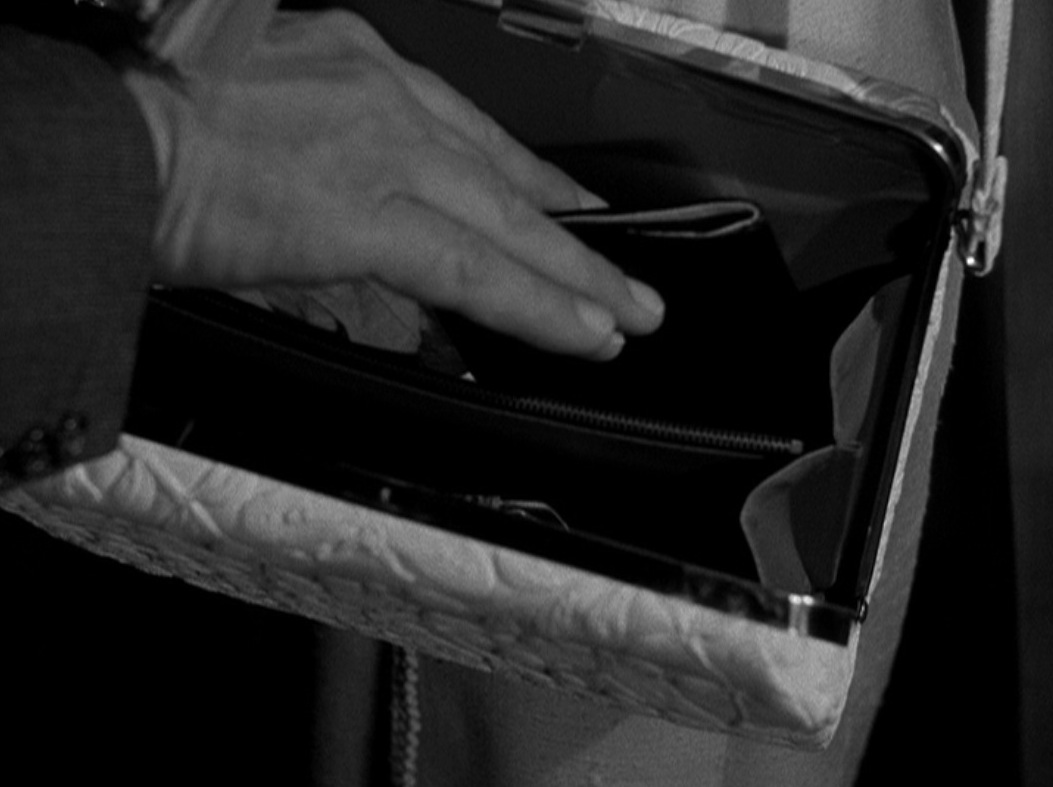
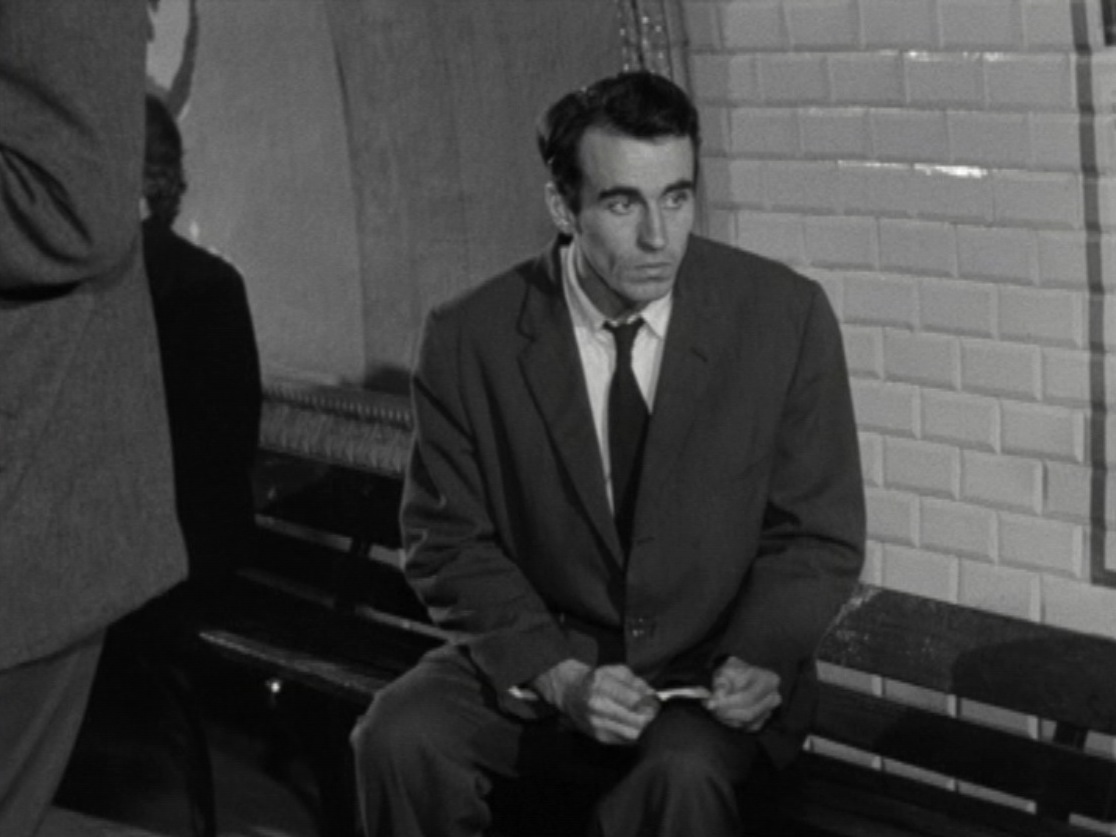

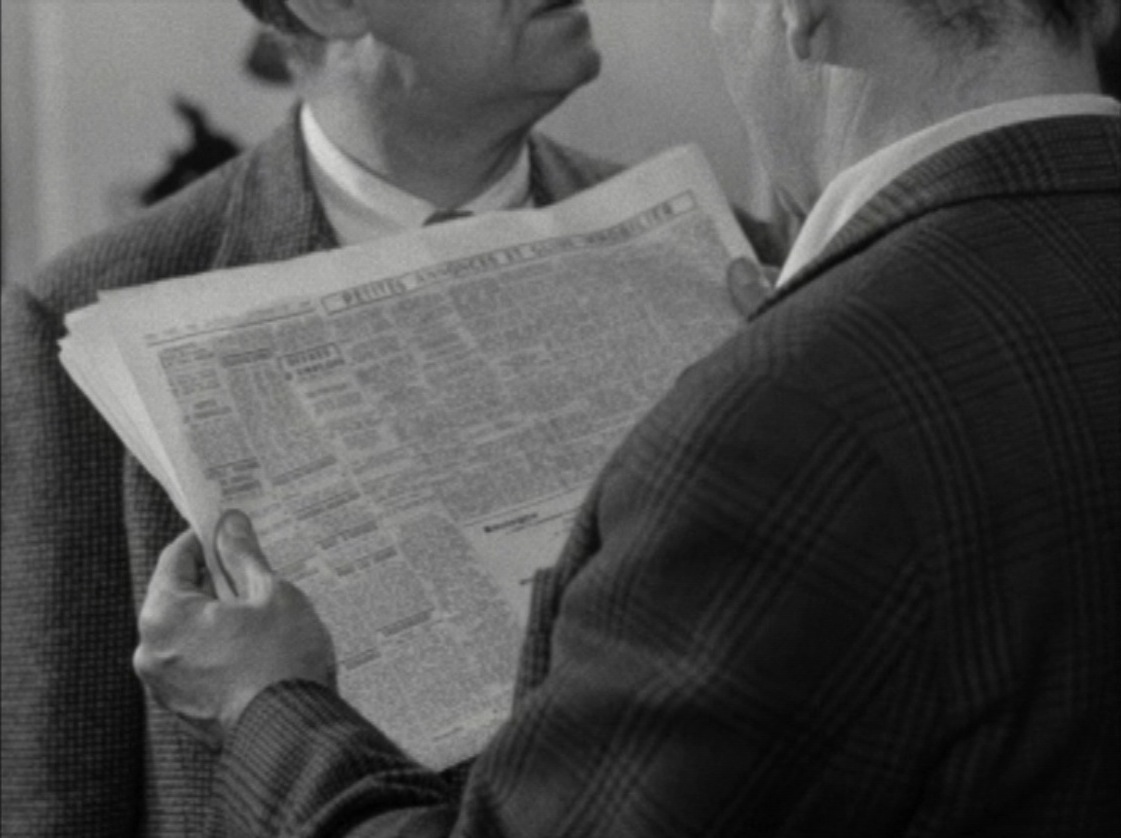
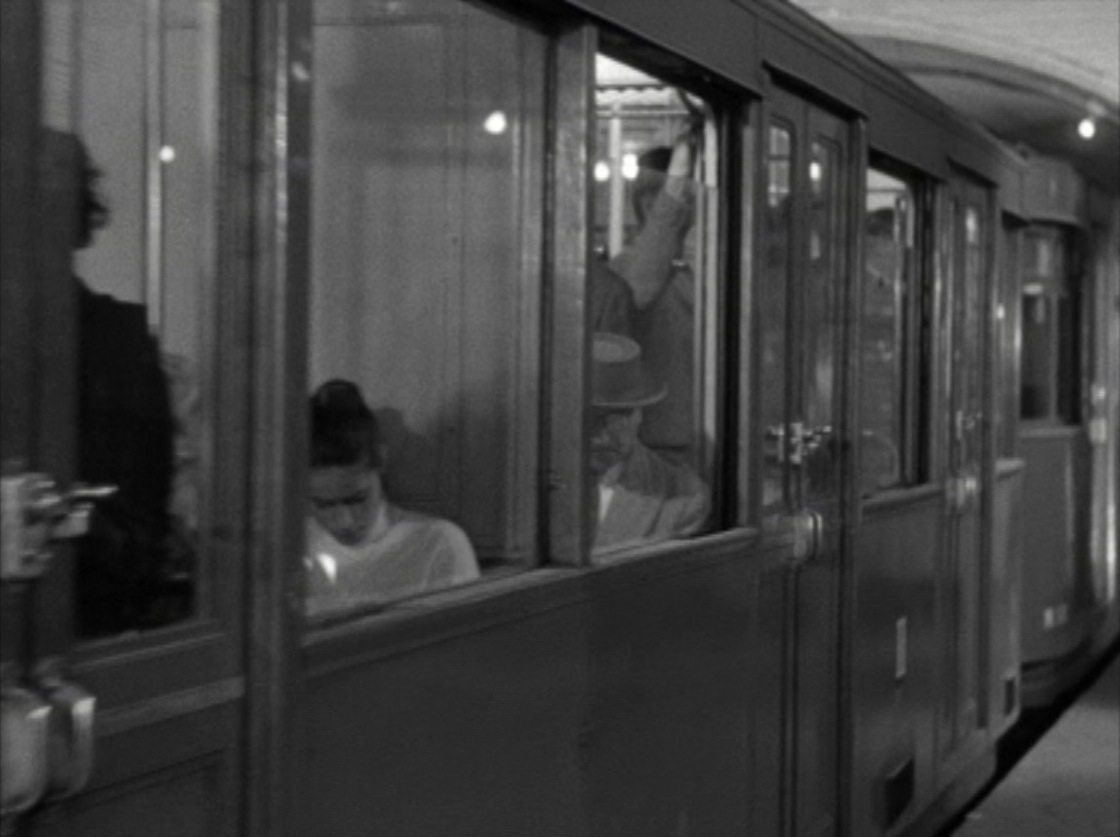

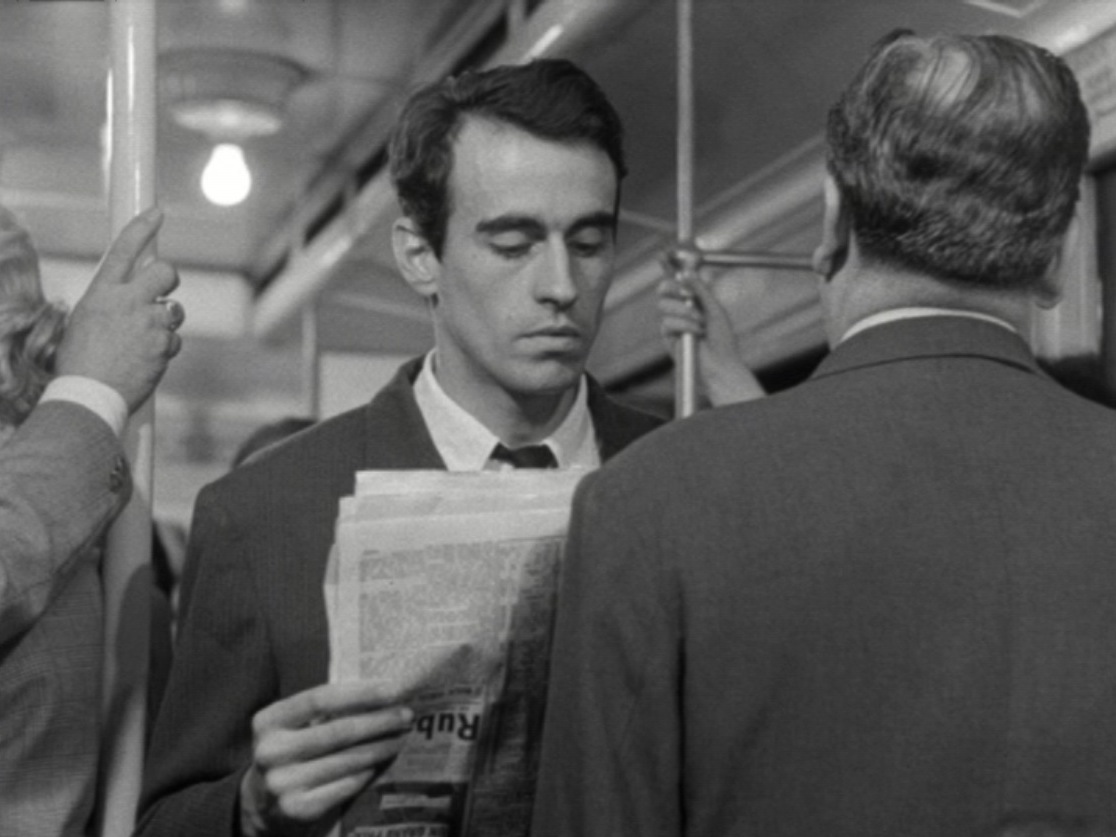
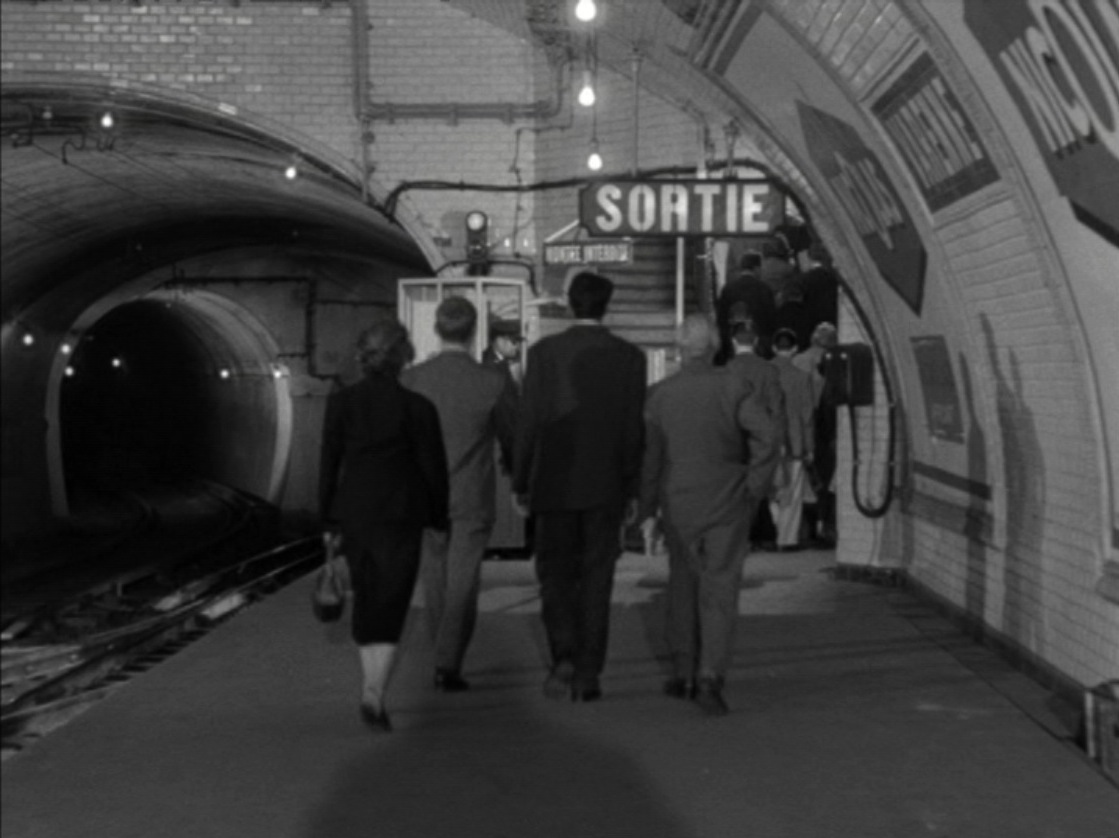

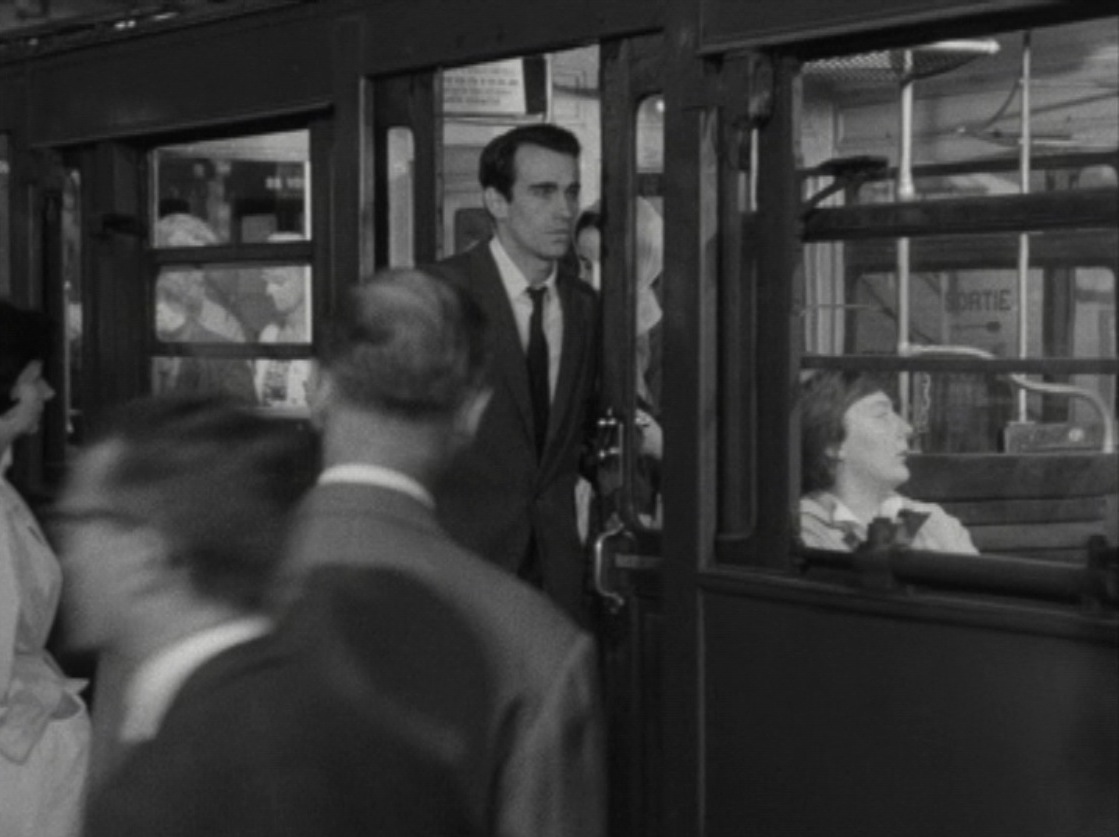
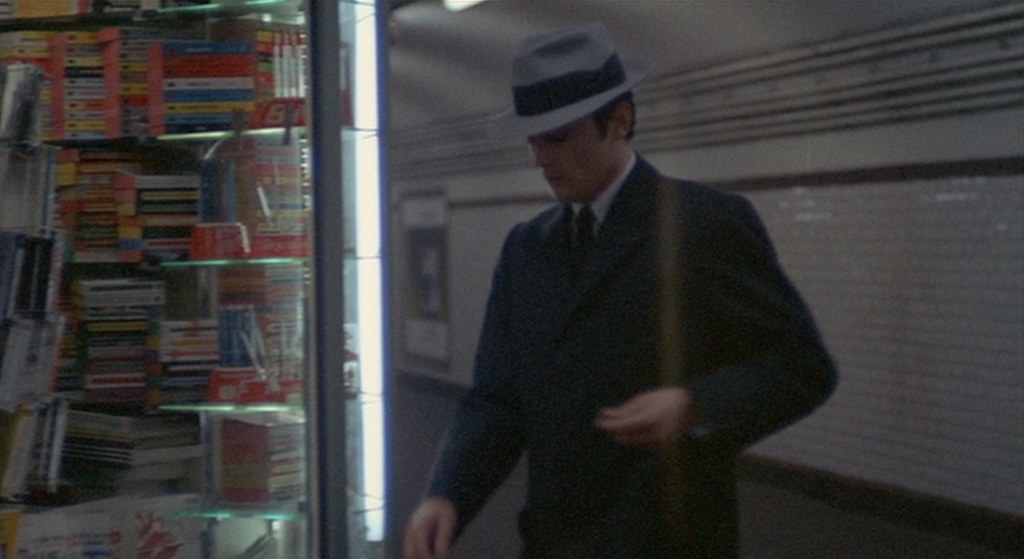
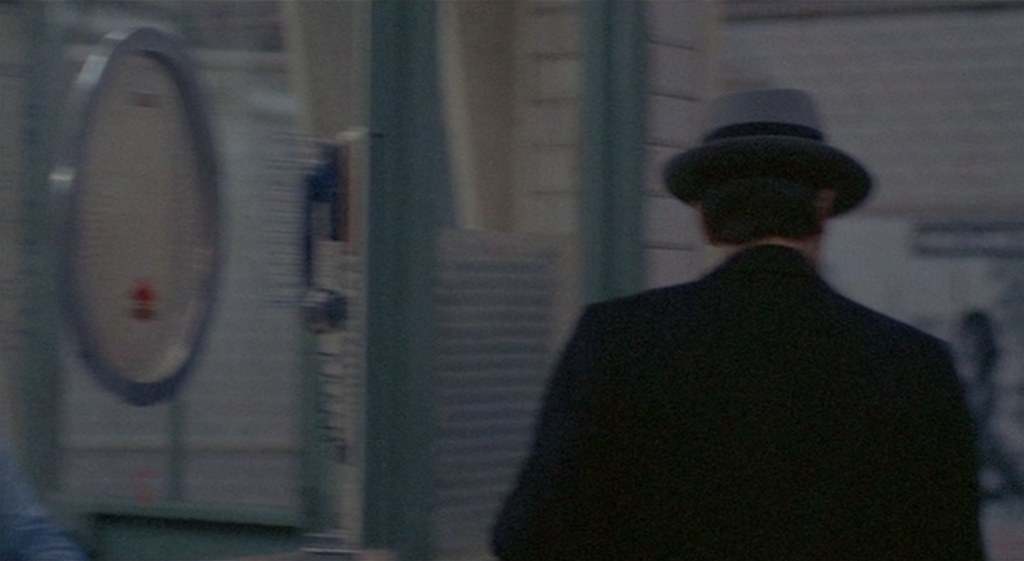

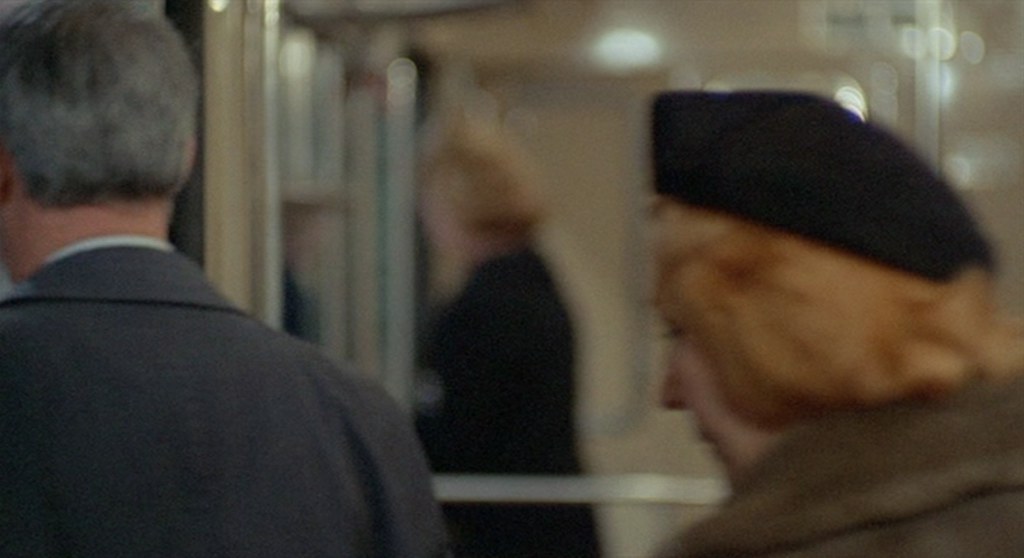

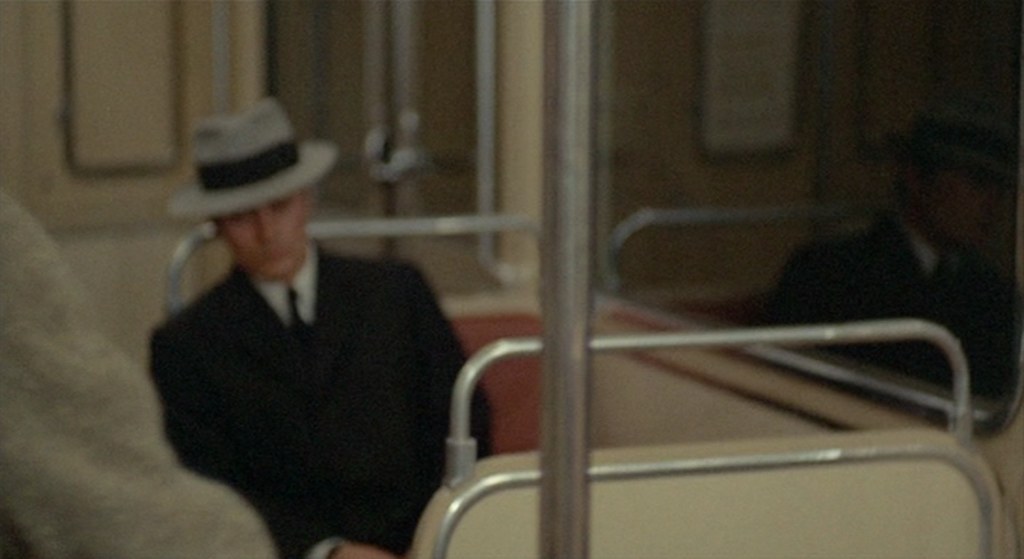


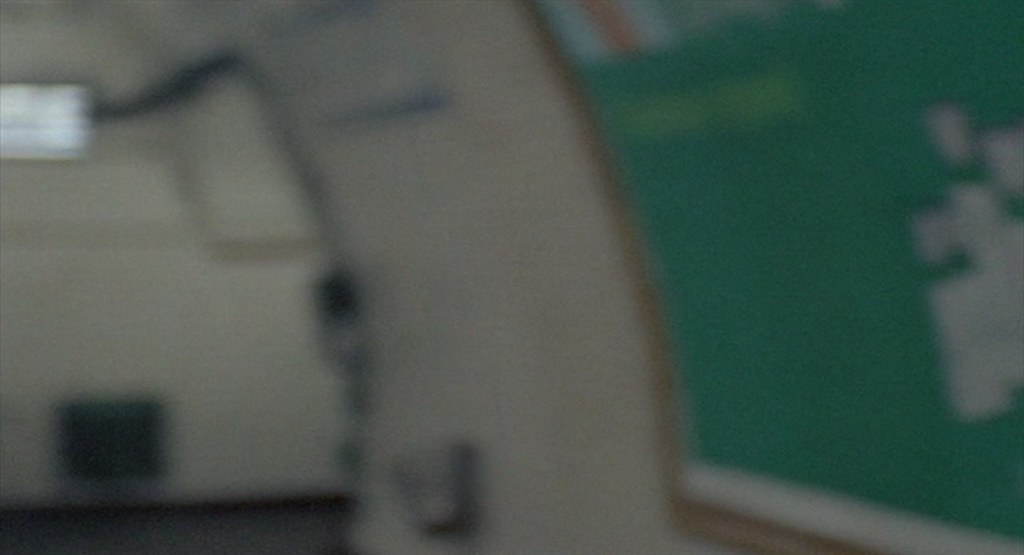

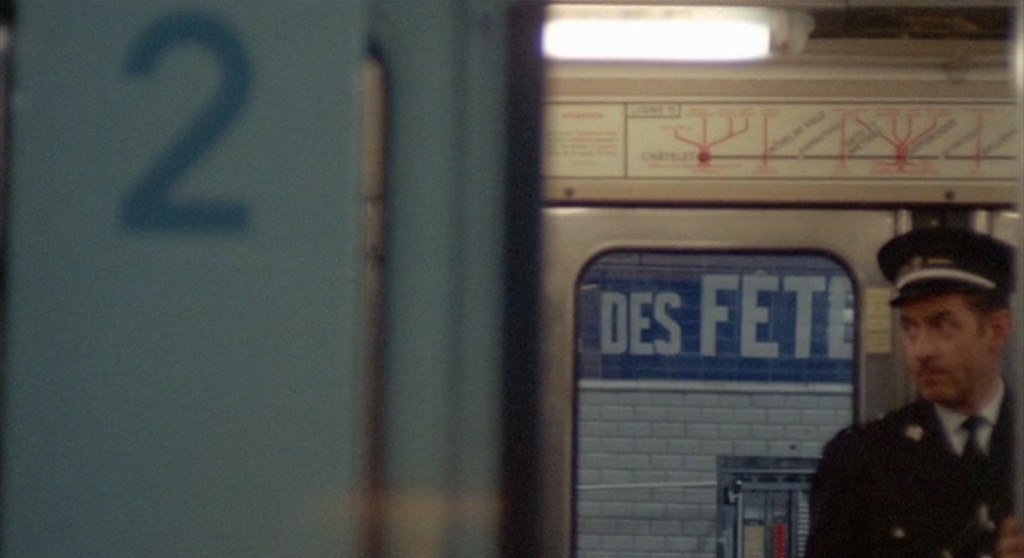


images from 3 films, all captured and shown here in an attempt to look at the works closely with a magnifying glass, and highlighting small details not normally visible on a first viewing, or even a thirtieth viewing (particularly le samouraï).
having recently read an article by jonas mekas, in which he said that film criticism/history based on 1-2 viewings of a film was totally worthless and that a writer/historian needed 30 viewings before saying anything, these bresson posts are an attempt to look very closely at the films, not from just reading about the works, but by watching them analytically and repetitively, and attempting to view the films in a way that extends the 24 frames per second to 24 frames per minute, to slow them down with the eye.
after looking at the films frame by frame, a regular viewing becomes completely different, a world of details.
(also, please look at my kurosawa entry on the auteurs film journal)
((more obsessive bresson business here and here))

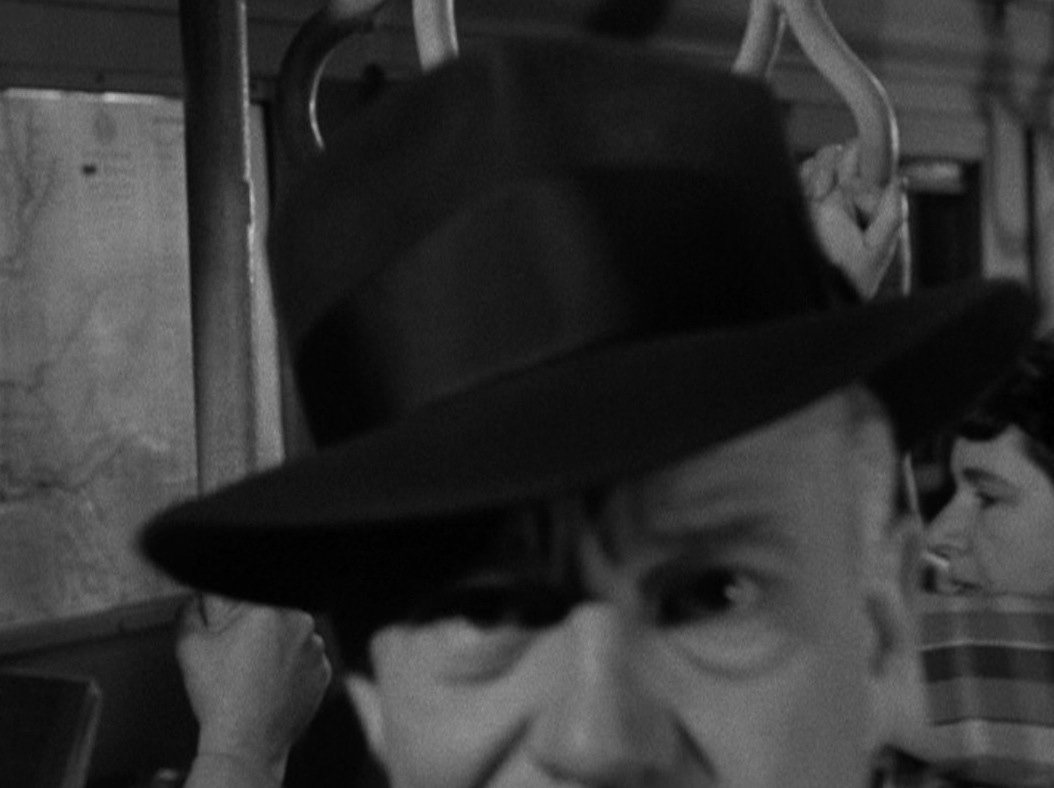
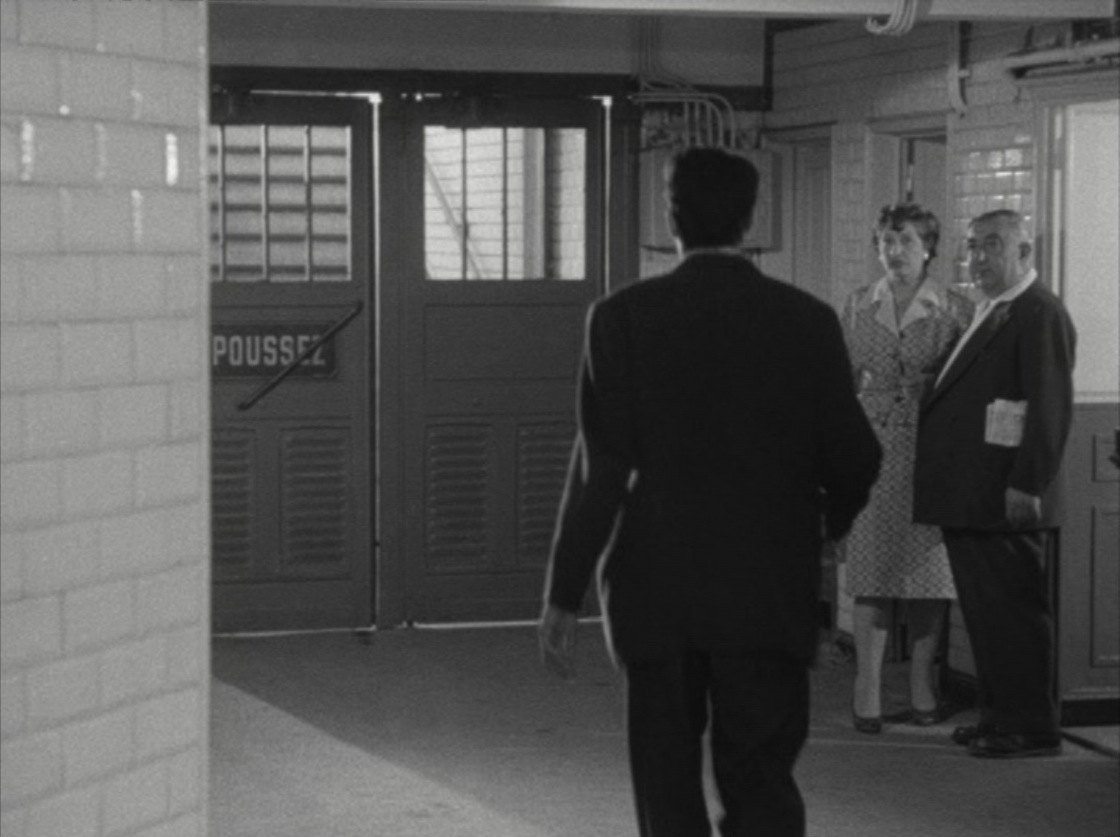

4 comments:
although no crimes are committed, and indeed one seldom even sees the trains from the inside, trains in movies can't be mentioned without mentioning ozu...:-)
yes, maybe with the two new criterion sets i will try to get thorough with ozu's trains.
Do you have a link to the mentioned article?
village voice: sept. 3, 1970 found in "movie journal, the rise of the new american cinema"
(here is the beginning)
for some time now, for three, four years, i have been going through a period of reseeing, reevaluating every movie i saw before, years ago, and thought was either great or terrible. i am discovering that i've been badly influenced by all the film history books. i am discovering that most of the film history books (and most of the current monographs and collections of film criticism) have been written after one or, at most, two viewings of a film. while we, the new critics (kelman, sitney, foreman, myself, and, partly sarris), do not write anything decisive unless we see a movie five, ten, twenty, thirty times. so that all the film history books written till now will have to be junked, they are of no value, their only value us as part of social history. they have nothing to do with the history of film art.
perhaps the only voices one can trust are those of the filmmakers themselves. not when they are analyzing the meanings of their films (there, the truth of matisse-the tongues of artists should be cut out-remains true), but when they speak about how the film was made, the process, the procedures, the impulses, the attitudes, some of the reasonings, and a few other matters which begin to lay the first seeds of formal criticism ..............
Post a Comment